Page Card
Sound Parameters
Belongs to subject Sound Parameters
There are five basic parameters of sound: amplitude, frequency, duration, phase, and spectrum. For each parameter, I will define the parameter, define how we measure the parameter, and how we perceive the parameter. Physical parameters and perceptual parameters are different.
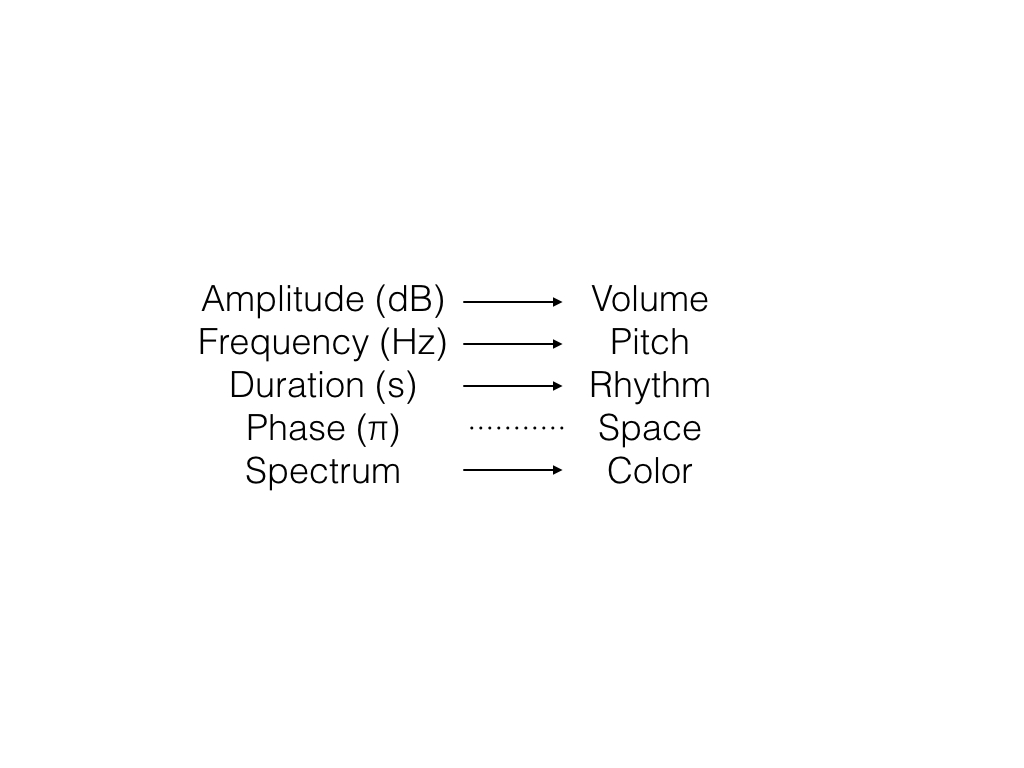
Amplitude
The most basic parameter is amplitude. Amplitude is the intensity of a sound. We measure amplitude in decibels. We perceive amplitude as volume or how loud or soft a sound is.
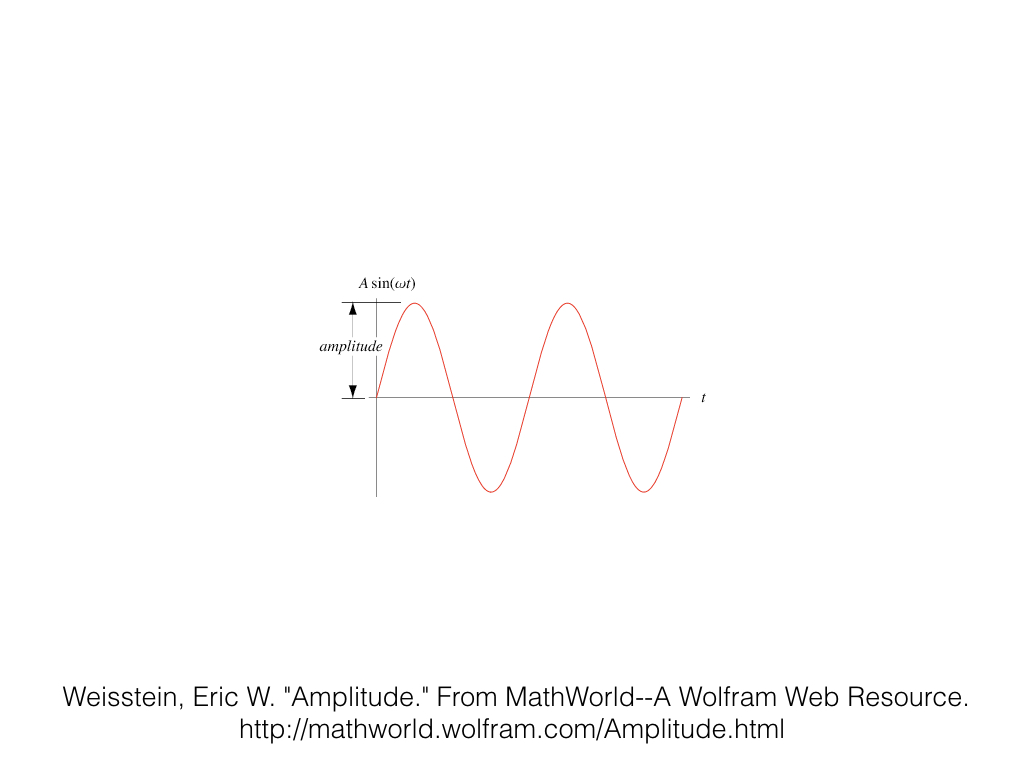
Frequency
The next parameter is frequency. Frequency is the speed of a sound. We measure frequency in hertz, also known as cycles per second. We perceive frequency as pitch, or how high or low a sound is.
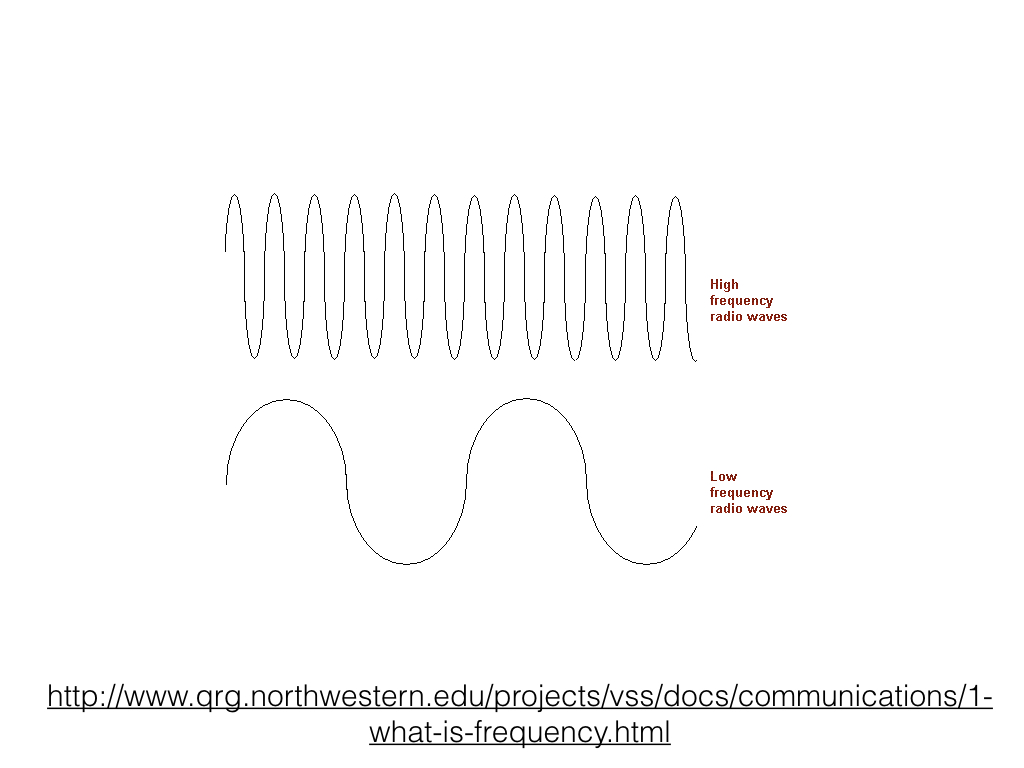
Duration
The third parameter is duration. Duration is how long a sound is. We measure duration in time, such as milliseconds and seconds. When duration forms a pattern, we perceive this pattern as rhythm, or the time pattern of the sound.
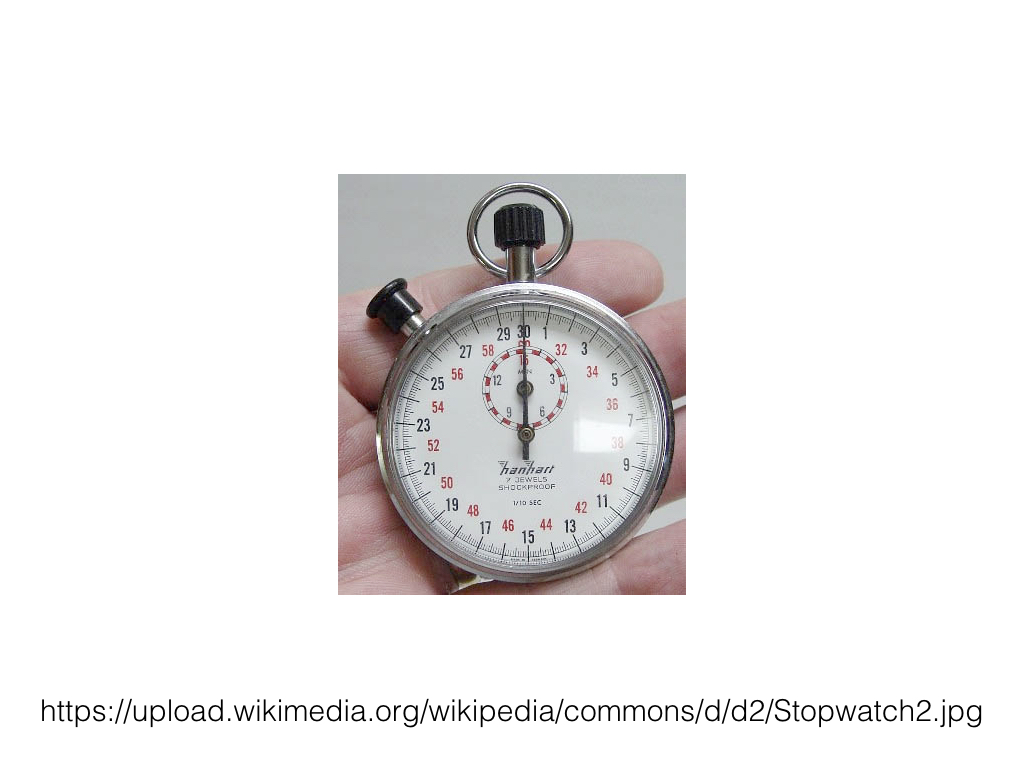
Phase
The second to last measure is phase. Phase is how much the sound is offset in cycle. We often measure phase in degrees or radians. We perceive phase as indicating the location and direction of a sound. Phase is one of several characteristics that inform our sense of space of sound.

Spectrum
The last parameter is the spectrum. The spectrum is how amplitude is distributed over a set of frequencies, over time. We measure the spectrum by the sound's components of amplitude, frequency, duration, and phase. We perceive the spectrum as the color of the sound, also known as timbre. For example, color is what makes a clarinet sound different from a violin.
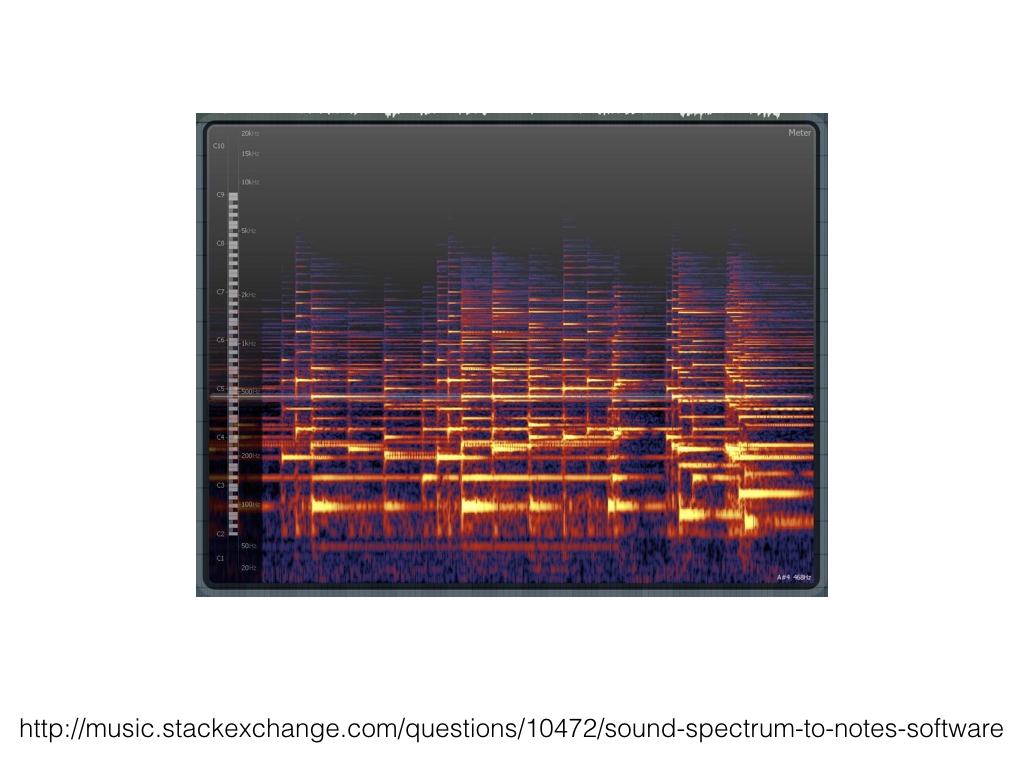
There are five basic parameters of sound: amplitude, frequency, duration, phase, and spectrum. We perceive them as: volume, pitch, rhythm, space, and color. In upcoming s, we'll talk about how to create sound using and changing these parameters.